It is well-documented that indoor air is filled with contaminants, mostly due to cooking (specifically burning) and improperly vented combustion appliances (woodstoves, gas water heaters, gas ranges, etc.). Following that would be formaldehyde, VOCs and other chemicals in building materials and furnishings. All these factors lead to indoor air being many times more polluted than outdoor air, which you then filter with your lungs.
We think it's important to take steps to mitigate that, but due to the economies of scale (the volume of air compared to the amount of plants), when you factor in all the variables, it's hard not to conclude that the only truly viable way to improve air quality comes from mechanical solutions such as a high-efficiency HRV or ERV and choosing non-toxic building materials and surfaces finishes.
So while we quite like living walls, we question claims about their impact on indoor air quality. Simply due to the rate of air leakage in most buildings, it would be difficult for anything short of an airtight house and a virtual jungle of plants to see a measurable improvement in air quality. However, from a quality of life and design perspective, these make for very cool living rooms.
Having potted plants in a home makes it more welcoming and relaxing; a living wall ensures you have an abundance of such greenery. And an automated system such as this also means your plants won't die of thirst due to forgetfulness.

A living wall (also known as a green wall, plant wall or vertical garden) is not a cheap feature to add to a home, but it can have a positive function. We live increasingly busy and stressful lives in a sterile environment that is heavily laden with pinging devices; that disconnect from nature can negatively affect your mental and physical well-being.
There have been links documented between improved air quality, natural light and greening of indoor spaces, with the well-being of occupants. Businesses that operate in LEED certified buildings for example (with better air quality and natural light), have noted increased rates of productivity and reduced absenteeism of employees.
There are really two types of plant walls to choose from, either an 'active living wall' or a 'passive living wall'. A professionally constructed wall of either type would have its own controlled irrigation system so there is little maintenance to do; passive or active refers only to whether or not you force interior air through it with the intent of increasing the rate of purification.
The mechanical system of a passive wall involves only water and nutrient delivery and counts on the natural air flow through a house or building to provide any improvement to air quality. An active system on the other hand, is a bit more complicated (in construction, not operation) and as mentioned above, involves mechanically circulating indoor air through the wall.
Given the monumental task of purifying air with plants in a dense urban area with significant traffic and pollution, we would choose the passive wall, and invest in better HRV filters if air quality is a concern.
We spoke with Joel Kucer of Envirozone, a Montreal-based company which builds passive living walls, to get the answers to what he finds are his most frequently asked questions. If you have questions about living walls that are not addressed here, feel free to drop them in the comments section below and we will try to get you an answer.
How much maintenance is required for living green walls?
Very little, other than removing dead leaves on occasion, and adding additional nutrients approximately every 4 months or so.
Do living green walls use a lot of energy?
Due to the short duration and frequency of the irrigation cycle our walls use minimal electricity.
Are living green walls noisy?
Any audible sound only lasts a few minutes a day, but nothing anywhere near what you would describe as disruptive or intruding.
Do Living walls increase relative humidity?
Again, we only run a few litres of water through the wall each day. Any residual moisture that you sense when sitting near the wall only adds to the experience of living surrounded by a lush tropical forest. Ambient humidity has not been a problem in our 12 years of building living walls.
What is the cost by square foot for installation?
As a rough ballpark figure, our company has options ranging from $35 to $200 per square foot. The pricing will be affected by automatic vs manual irrigation, aesthetic framing, and surface area of the wall as well as other site or custom project specific details.
***
Ecohome's take on the topic of air purification - there is no question that plants absorb airborne contaminants, we are just unconvinced that a plant wall can have a noticeable impact on air quality in the context of an office or home environment when you consider all the factors. If anyone has seen independent third-party research supporting claims of improved interior air quality that include variables such as the volume of air, the size of the plant wall and the air-change rating of the building, we would happily include it.
Beyond that, our only real concern is from a humidity standpoint, and even that shouldn't be an issue except with the most extravagant of installations. Relative humidity in a home should ideally be no higher than 50% (particularly in winter) for durability reasons. Troubleshooting this is easy; you can pick up a hygrometer fairly cheaply at a hardware store to monitor indoor relative humidity. If it's too high add a dehumidifier into the mix and the problem’s solved.
 |
|
3-story vertical garden plant wall
|


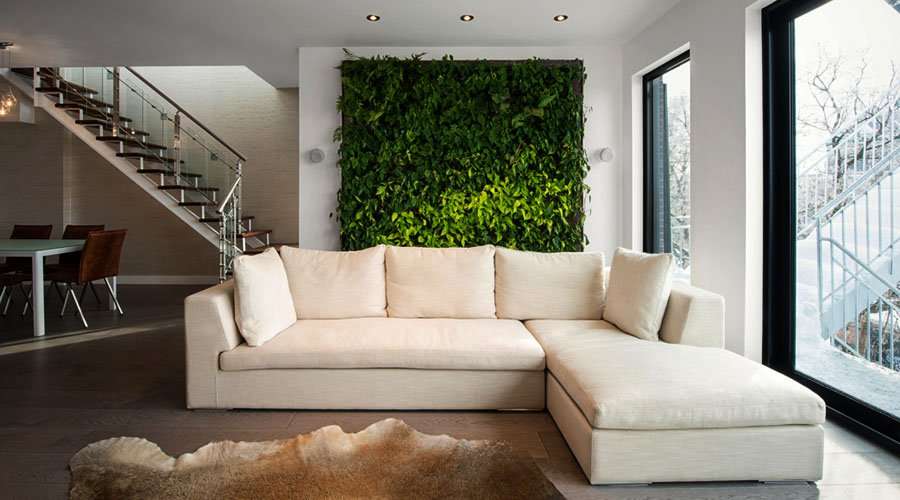













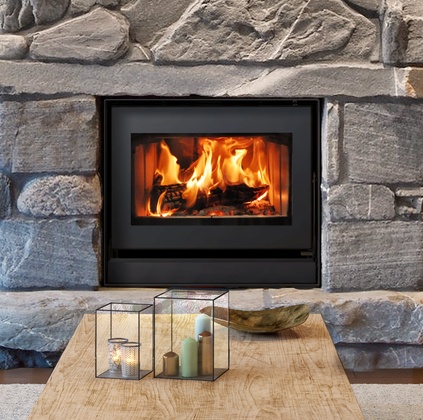

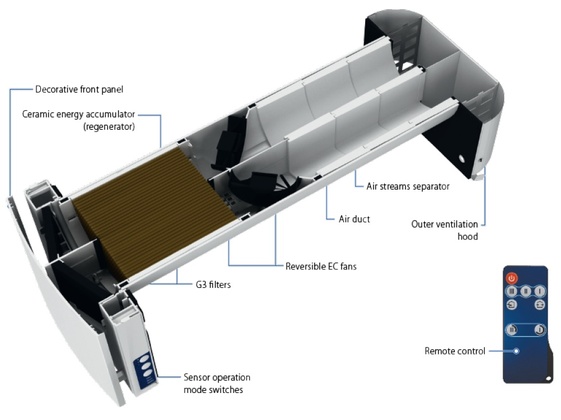

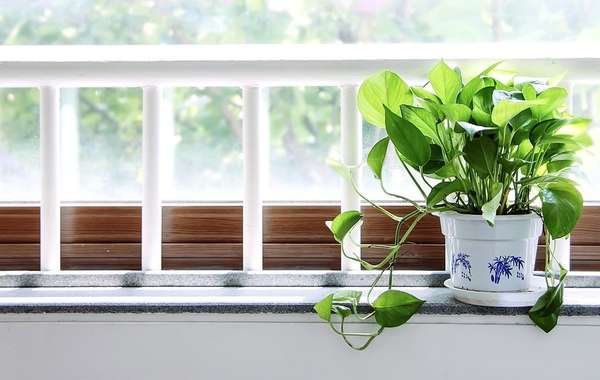
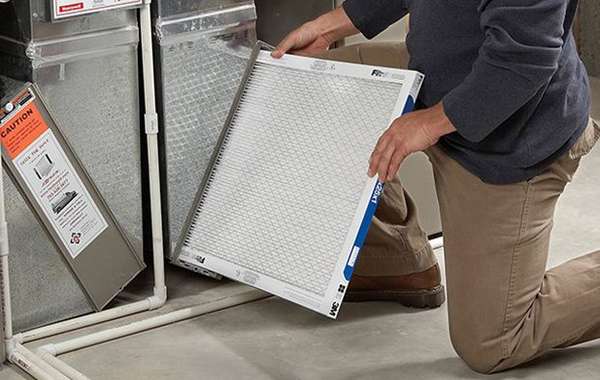
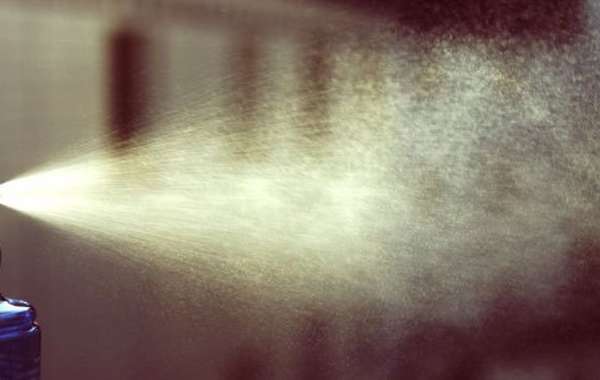
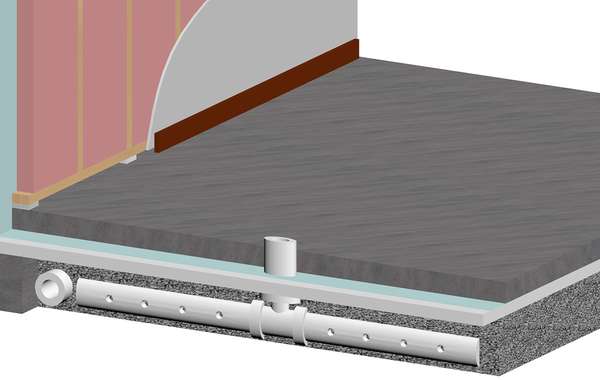
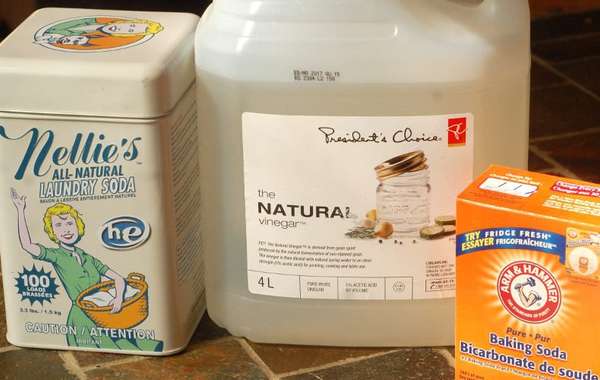
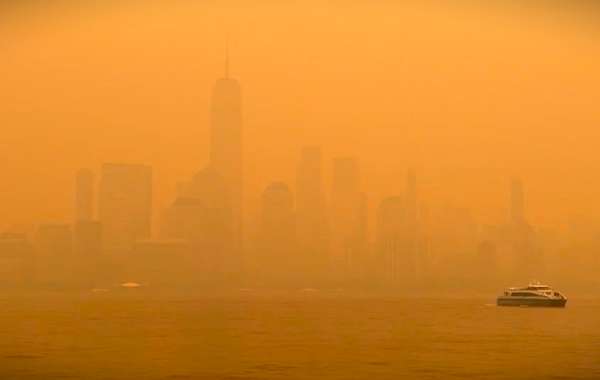
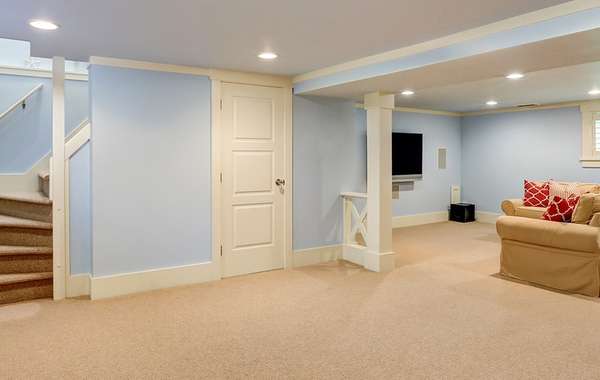
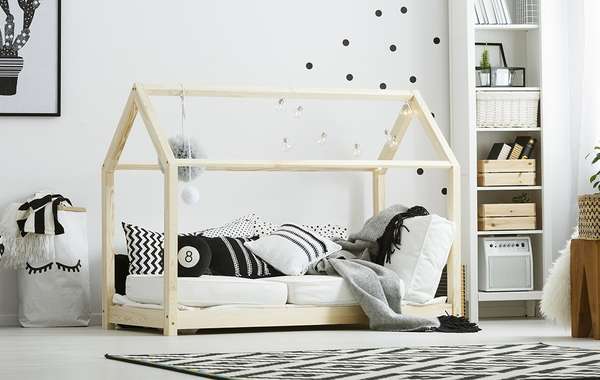
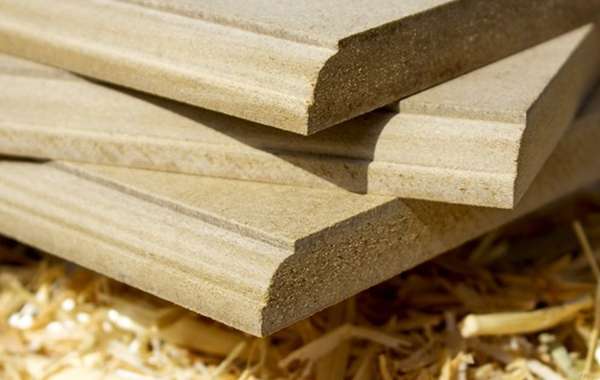
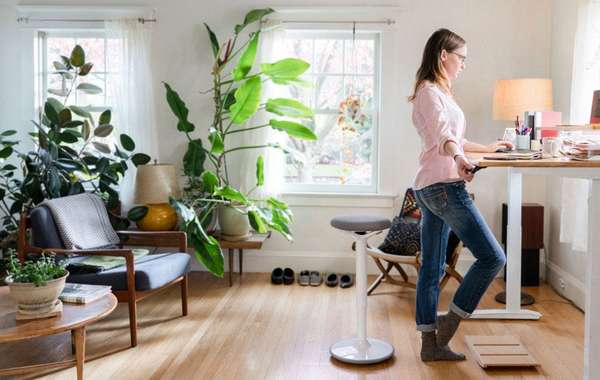

Comments (0)
Sign Up to Comment